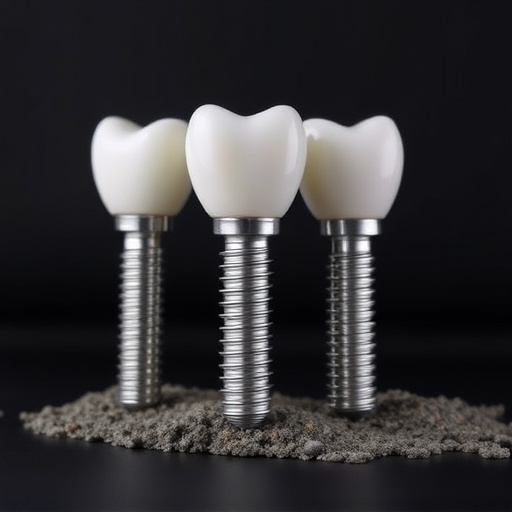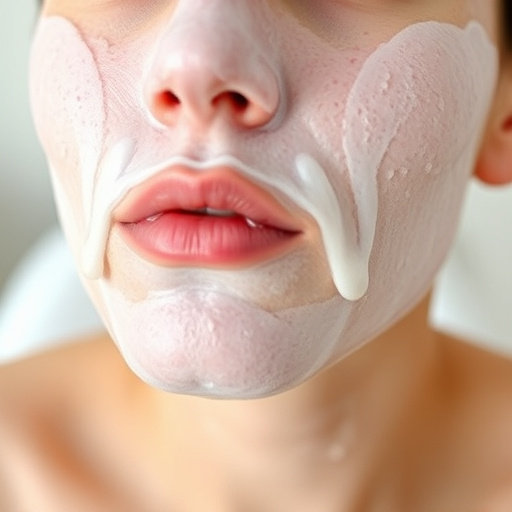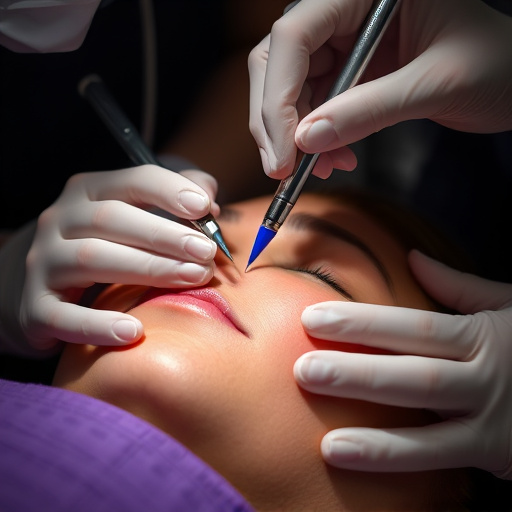Leg laser hair removal is a non-invasive procedure using light pulses to target and destroy hair follicles, preventing future growth. Professional clinics offer tailored services with specialized devices, effective for darker hairs and ideal for 3-6 sessions spaced 4-8 weeks apart. Customized facials and skin tightening can enhance results, but effectiveness varies based on hair thickness, skin tone, health, and previous treatments. Dark-skinned individuals require specialized settings.
“Uncover the secrets behind achieving smooth, hair-free legs with leg laser hair removal. This comprehensive guide breaks down the entire process, offering insights into what to expect during each step. We explore how the number of sessions required varies based on individual factors and hair characteristics.
Learn about the key elements influencing treatment duration and success rate, ensuring you’re well-prepared for your journey towards long-lasting results. From understanding the science behind the laser to recognizing signs of progress, this article is your go-to resource for effective leg laser hair removal.”
- Understanding Leg Laser Hair Removal Process
- Determining the Optimal Number of Sessions
- Factors Influencing Treatment Duration and Success
Understanding Leg Laser Hair Removal Process

The leg laser hair removal process involves using intense pulses of light to target and destroy hair follicles, preventing future hair growth. It’s a non-invasive procedure that many people opt for as a permanent solution to unwanted hair. During each session, a specialized device emits light energy onto the treatment area, absorption by melanin in the hair follicle heats up the follicle, causing damage or destruction. This disrupts the hair growth cycle, leading to reduced hair visibility over time.
Professional skincare clinics offer leg laser hair removal services tailored to individual needs through personalized skincare approaches. These treatments are typically more effective than traditional methods as they target active follicles and can significantly reduce the number of hair follicles that regrow. Some clinics also provide customized facials and other beauty treatments alongside laser hair removal to enhance overall skin health and texture, ensuring a smoother, softer leg appearance post-treatment.
Determining the Optimal Number of Sessions

The optimal number of sessions for leg laser hair removal varies from person to person, depending on several factors including skin type, hair color, and coarseness. In general, most individuals can expect significant hair reduction after 3-6 treatments, spaced approximately 4-8 weeks apart. This timeline allows the laser to target active hair follicles efficiently, as it takes time for the hair to grow back to a suitable length for treatment.
Customized facials and skin tightening treatments often complement leg laser hair removal by improving overall skin texture and reducing any lingering hair or surface fuzz. For optimal results, consult with a qualified professional who can assess your specific needs and design a personalized treatment plan that incorporates not only laser hair removal but also other rejuvenating services like customized facials and skin tightening for a smoother, silkier leg finish.
Factors Influencing Treatment Duration and Success

The duration and success of leg laser hair removal treatments can be influenced by several factors. One of the primary considerations is the thickness and color of the hair. Darker hairs absorb light more efficiently, leading to better results in fewer sessions. In contrast, lighter or finer hairs may require more time and sessions to achieve significant reduction. Skin tone also plays a crucial role; those with darker skin may need specialized settings to avoid damage while ensuring effective hair removal.
Additionally, individual factors like hair growth rate, skin sensitivity, and overall health can impact treatment outcomes. Faster-growing hairs or individuals with more active skin might necessitate more frequent sessions. Customized facials, chemical peels, and acne treatments, though unrelated to leg laser hair removal directly, can influence the overall skin condition, potentially enhancing or complicating the process depending on how they interact with the patient’s unique physiology.
Leg laser hair removal is a highly effective method for achieving smooth, hair-free legs. The optimal number of sessions varies based on skin type, hair density, and individual response. Typically, 6 to 8 treatments are recommended for best results, spaced 4-6 weeks apart. It’s crucial to consult with a qualified professional who can tailor the treatment plan to your specific needs, ensuring long-lasting, noticeable reduction in leg hair.














